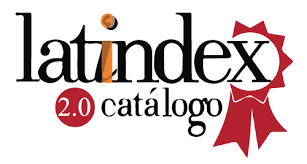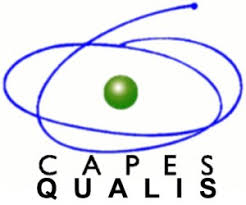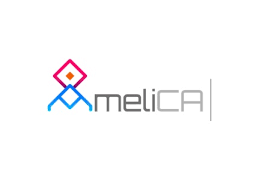First graders' work on additive problems with the use of different notational tools
DOI:
https://doi.org/10.35305/revistairice.v21i21.506Abstract
We explored the use of three types of notational tools (paper and pencil, unlabeled tables, and labeled tables) with twenty-two children in Grade 1 who were solving Vergnaud's Category II and IV additive problems. Our results indicate that for Category II problems, which are simpler, children have a higher rate of success when they are able to solve them orally, without any notational tool. However, for Category IV problems, which are more complex, children perform better when they have access to notational tools than when they solve the problems without access to notations. Among the children interviewed for this study, unlabeled tables help them the most, followed by the use of paper and pencil.
Downloads
Downloads
Published
How to Cite
Issue
Section
License
Authors who publish with this journal agree to the following terms:
Authors will retain their copyright and grant the journal the right of first publication of their work, which will simultaneously be licensed under the Creative Commons Attribution-NonCommercial-ShareAlike 4.0 License.
Authors may enter into separate, additional non-exclusive licensing agreements for the distribution of the published version of the work (e.g., depositing it in an institutional repository or publishing it in a monographic volume), provided that the initial publication in this journal is acknowledged.
Authors are permitted and encouraged to disseminate their work online (e.g., in institutional repositories or on their personal websites) prior to and during the submission process, as this can lead to productive exchanges and increase the visibility and citation of the published work. (See The Open Access Effect).





















